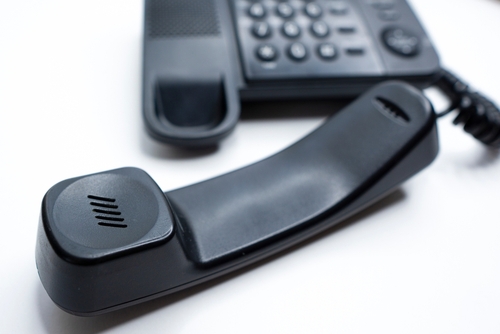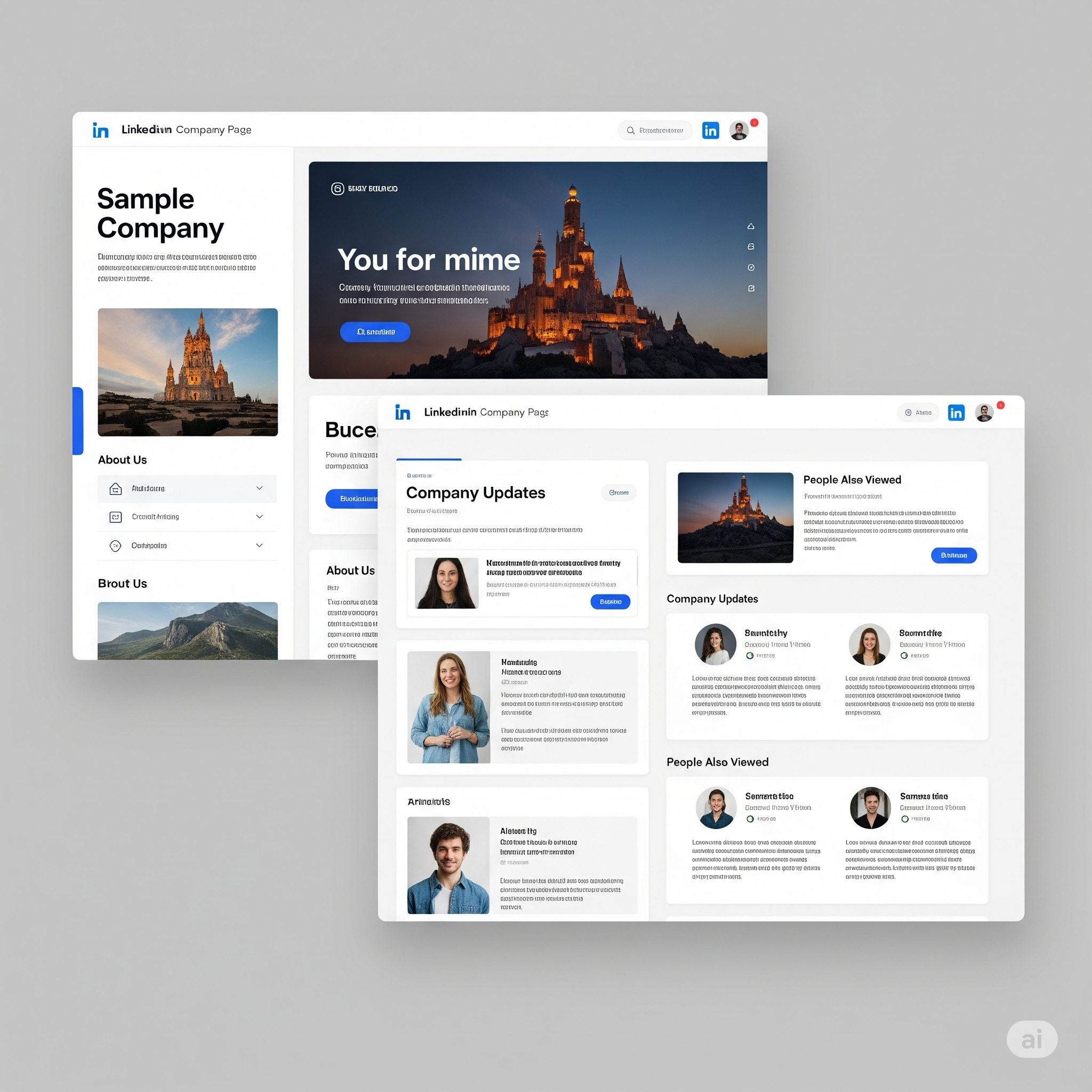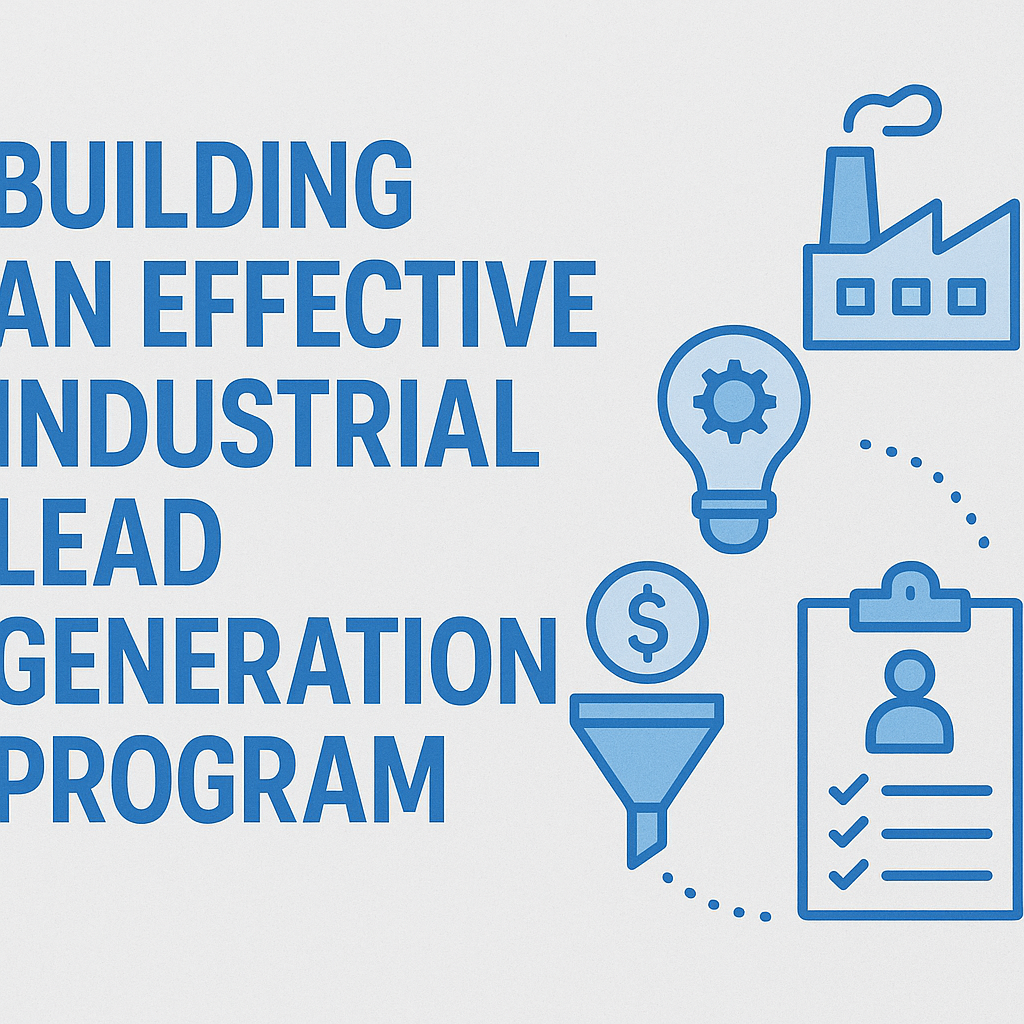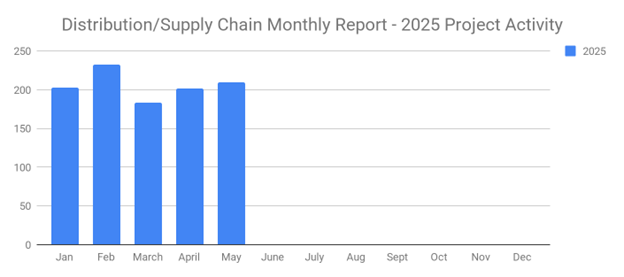
As a sales rep, you'll probably spend a lot of time on the phone. Statistics show that sales reps in the B2B industry make roughly 35 calls per day on average. You can call prospects to see if they are interested in learning more about your B2B company's products or services. Even if a prospect answers your call, though, he or she may hang up prematurely. Abandoned calls such as this are frustrating. They will consume your time and resources without yielding sales opportunities.
What Is an Abandoned Call?
An abandoned call is a sales call in which the prospect hangs up before making contact with the sales rep. Just because a prospect answers your call, there's no guarantee that you will talk to him or her. The prospect may hang up prematurely. Each sales call that involves a prospect hanging up or disconnecting before you're able to speak to them is considered an abandoned call.
During an abandoned call, the prospect will answer the call but you won't have the chance to speak to him or her. The prospect will hang up beforehand. By "abandoning" the call, the prospect will essentially disconnect it.
Track Your Call Abandonment Rate
You should track your call abandonment rate. Call abandonment rate is a measurement of how many abandoned calls you encounter. It's expressed as a percentage. If you call 1,000 prospects, 100 of whom hang up before you are able to talk to them, your call abandonment rate would be 10%.
The lower your call abandonment rate, the better. A high call abandonment rate means prospects are hanging up before you're able to speak to them. You can't pitch products or services, of course, unless you're able to speak to prospects. By optimizing your calling strategy for a lower call abandonment rate, you'll be able to speak to more prospects and, thus, generate more sales.
Turning a blind eye to a high call abandonment rate can have the following effects on your sales efforts:
- Consumes time and resources
- Longer average sales cycle
- Poor buyer satisfaction
- Lost sales opportunities
Avoid Placing Prospects on Hold
For a lower call abandonment rate, try to avoid placing prospects on hold. Abandoned calls are often the result of prospects being left on hold for long periods. If you place buyers on hold, they may hang up before you are able to speak to them. And the longer they are forced to wait on hold, the greater the chance of them hanging up.
It's normal for customer service reps to place customers on hold. If a customer has a question about a product or service, he or she may call a customer service rep for an answer. Because customer service reps answer so many calls, they may place their customers on hold using a queue system. Sales reps, though, should typically avoid placing prospects on hold. If you call a prospect, only to immediately place him or her on hold, the prospect may hang up prematurely.
Beware of Predictive Dialers
Predictive dialers can contribute to abandoned calls. A predictive dialer is a type of software that's designed to automatically call prospects on behalf of sales reps. You can configure a predictive dialer to call all or some of the prospects on your list. With a predictive dialer, you won't have to manually the prospects' phone numbers. Rather, the predictive dialer will perform this task automatically.
Predictive dialers will only call prospects; they won't actually talk to the prospects. When a prospect answers, the predictive dialer will route the call to a sales rep. If you use a predictive dialer, you'll need to talk quickly once the software connects you to prospects. Otherwise, prospects may hang up prematurely.
You can still use a predictive dialer when cold calling or warm calling prospects. A predictive dialer is a useful tool that can make you a more productive sales rep. Just remember to talk quickly after connecting to prospects. If you leave prospects sitting on the line in silence, they may hang up. Predictive dialers only automate calling -- they can typically call multiple prospects at once -- so you'll have to do the talking when prospects pick up.
Call at the Right Time
The time of day when you call prospects can affect your call abandonment rate. In the B2B industry, prospects typically consist of business owners and executives, many of whom are busy running their own businesses. If you call prospects when they are busy, they may hang up prematurely. Prospects don't always have the time to talk to sales reps, especially during certain hours.
According to an MIT study, 4 p.m. to 6 p.m. is the best time to make sales calls. Many business owners and executives are finished with their daily activities by this time. If you call them earlier in the day, they may hang up prematurely. But you can reach more prospects by focusing your calls in the afternoon.
Leave a Voicemail
You can minimize abandoned calls by not placing prospects on hold, quickly talking if you use a predictive dialer, and by calling at the right time. Even with these approaches, though, some prospects may hang up prematurely. The good news is that you can still leave a voicemail.
If a prospect abandons your call, don't be afraid to leave a voicemail. It only takes a minute to leave a voicemail, but doing so may encourage the prospect to return your call. Maybe the prospect accidentally hang up, or perhaps the call was dropped due to a technical error. Regardless, the prospect may return your call if you leave a voicemail. Leave a short 30-second voicemail explaining who you are and the reason for your call.
In Conclusion
Abandoned calls are common in the B2B industry. Sales reps call prospects to pitch products or services and, thus, nurture prospects through their sales cycles. Prospects, however, may hang up before sales reps are able to speak to them. Known as abandoned calls, they represent lost sales opportunities.
What to learn more? Get in Touch





